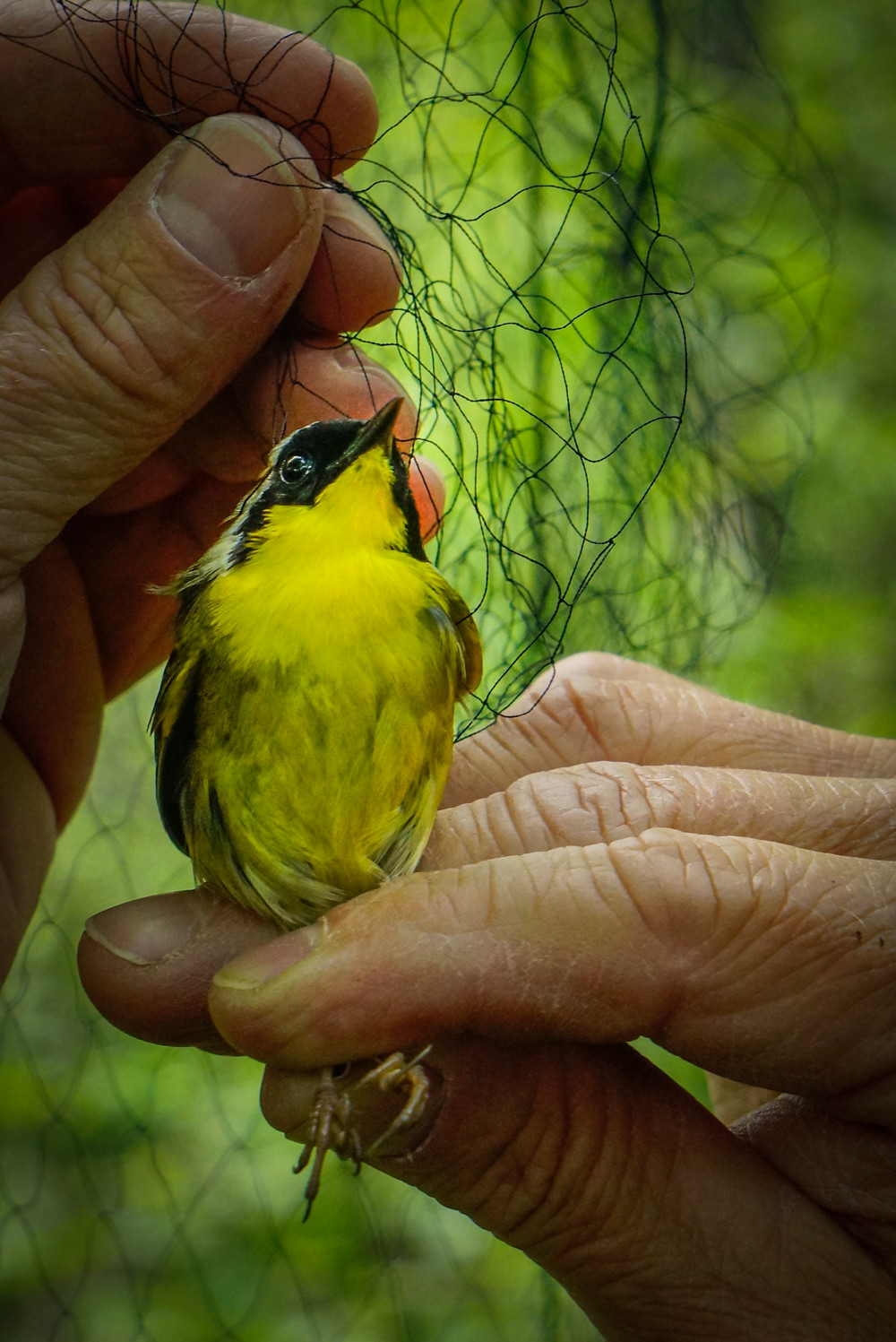The Online Bird Banding Station

Bird research is an integral part of our work at North Branch Nature Center. Each spring and summer, we operate a songbird banding station at which our skilled staff and volunteer researchers catch, band, measure, and safely release birds. This work is part of a nationwide conservation research effort to better understand bird population and reproduction trends. In the fall, our attention turns towards capturing migratory Northern Saw-whet Owls as they move through the forests surrounding the nature center. Like our songbird work, our owl research is part of a nationwide effort to monitor populations of this seldom-seen species.
Most years, our bird banding work is open to the public, and we encourage visitors to experience our work up close. This year, we are bringing some of that work to you virtually through our new online bird banding station - Enjoy!

NOTE: Our researchers are highly trained and permitted to conduct this work safely. We believe that the temporary stress that these birds experience is justified for the important conservation value of this research. Please see our Bird Safety video in the songbird section before exploring the rest of our media. Our researchers adhere carefully to the Bander's Code of Ethics.
Northern Saw-whet Owls
Songbirds
Songbird Banding Station Gallery
Our bird research, including our Online Bird Banding Station is made possible by
The Oakland Foundation.
















